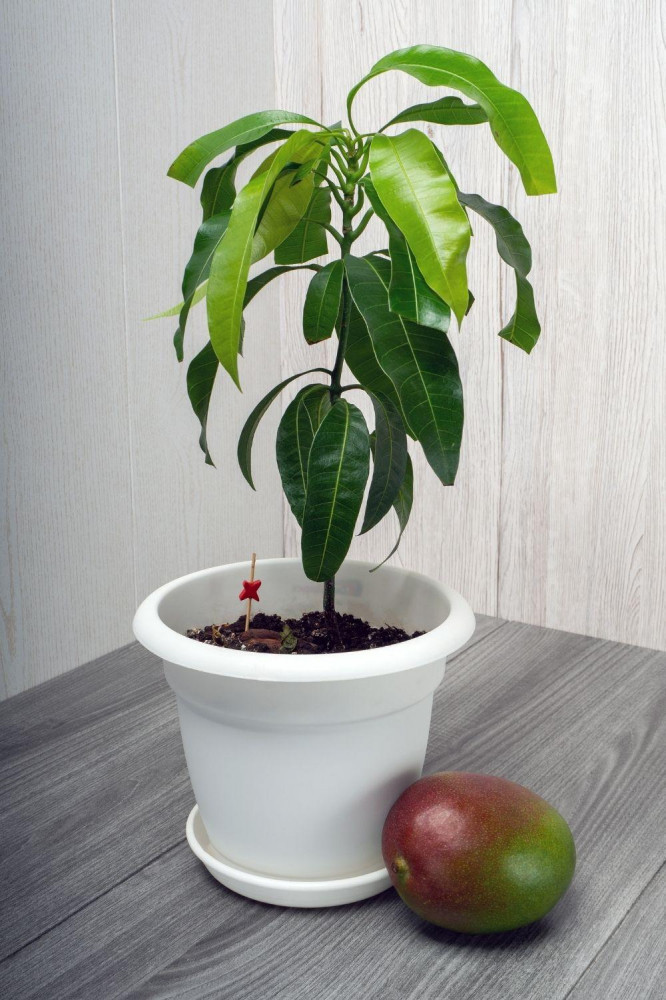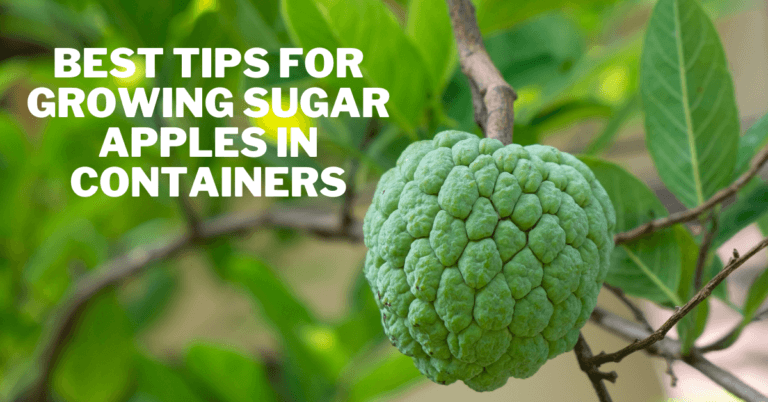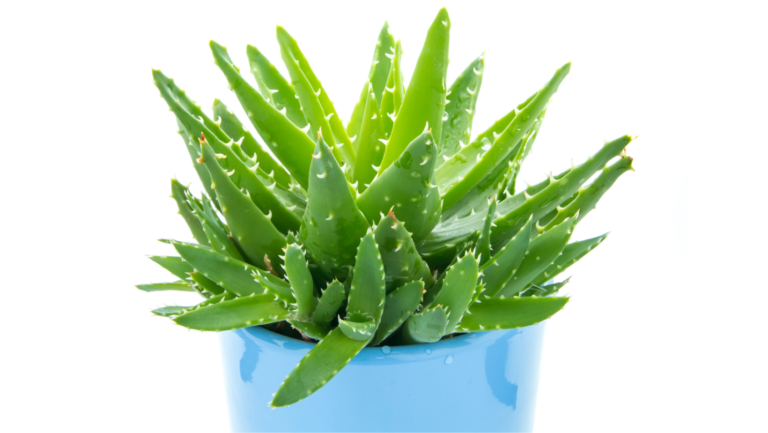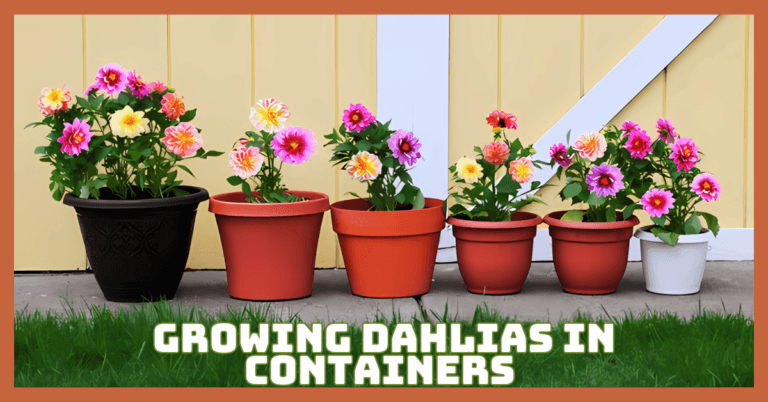Best Tips To Grow Skullcap In Containers
Best Tips To Grow Skullcap In Containers
Growing Skullcap (Scutellaria spp.) in containers is rewarding for medicinal herb enthusiasts and ornamental gardeners.
This versatile plant, known for its beautiful flowers and therapeutic properties, thrives in a container's controlled environment, making it ideal for small spaces, patios, or balconies.
Discovering tips to grow Skullcap in containers empowers medicinal herb enthusiasts and ornamental gardeners to cultivate this versatile plant with its therapeutic properties and vibrant blooms in confined spaces, such as patios or balconies, ensuring optimal growth and health.
This article will walk you through picking the best Skullcap variety, the ideal container, and the maintenance your plant requires to thrive.
Everything from soil composition and watering regimens to sunlight requirements and overwintering strategies will be covered.
Even novices can experience the fulfillment of growing Skullcap to its utmost potential with the appropriate method.
Learn the ins and outs of increasing skullcap in containers and make your gardening endeavour pleasurable and fruitful.

A Historical Overview Of Skullcap
Skullcap, a member of the mint family, has a storied history that spans centuries and is deeply rooted in traditional medicine across various cultures.
Originating from the temperate regions of North America, Asia, and Europe, this herb, scientifically known as Scutellaria, is distinguished by its delicate, hood-like flowers, giving it the name “Skullcap.”
Historically, the Native Americans were among the first to recognize its medicinal value, utilizing American Skullcap (Scutellaria lateriflora) for its soothing and sedative effects, especially in treating conditions related to anxiety and insomnia.
Similarly, in Traditional Chinese Medicine, the Baikal skullcap (Scutellaria baicalensis) has been revered for its anti-inflammatory, antiviral, and antioxidant properties, making it a staple in treatments for a variety of ailments including fever, hypertension, and respiratory infections.
Over the centuries, Skullcap's popularity in herbal medicine has only grown, with European herbalists also incorporating it into their repertoire for its reputed benefits in calming nervous disorders and alleviating muscle spasms.
Despite its widespread traditional use, Skullcap remains the subject of modern scientific research, exploring its potential in treating neurological disorders and its effects on mood and cognitive function.
The enduring interest in Skullcap underscores its significant role in the herbal medicine cabinet, a testament to its enduring legacy as a plant of both historical and medicinal importance.

Health Benefits And Medical Uses Of Skullcap
Skullcap, belonging to the genus Scutellaria, is a powerful herb renowned for its wide range of health benefits and medical uses.
Discovering tips to grow Skullcap in containers empowers enthusiasts to harness its wide-ranging health benefits and medical uses in confined spaces, aligning with Traditional Chinese Medicine (TCM) and Native American herbal practices.
Here are some of the key health benefits and medical uses associated with Skullcap:
1. Anxiety And Stress Relief
Skullcap is best known for its calming effects on the nervous system. It has been used to alleviate symptoms of anxiety, stress, and nervous tension, promoting a sense of well-being and relaxation.
2. Sleep Support
Skullcap's soothing properties can help improve sleep quality and duration. A common treatment for insomnia and other sleep disorders, it helps encourage restful sleep without the grogginess associated with some sleep aids.
3. Antioxidant And Anti-Inflammatory Effects
Skullcap contains potent antioxidants, including flavonoids like baicalin, which can combat oxidative stress and reduce inflammation.
These properties make it beneficial in preventing chronic diseases and supporting overall health.
4. Neuroprotective Properties
Some research suggests that skullcaps may have neuroprotective properties that could help shield the body from neurological conditions like Parkinson's and Alzheimer's.
5. Heart Health
Skullcap may contribute to cardiovascular health by improving blood flow, reducing the risk of heart attack and stroke, and potentially lowering high blood pressure.
6. Antiviral And Antibacterial Properties
In some studies, the herb has shown antiviral and antibacterial activity, making it a candidate for treating and preventing infections.
7. Liver Health
Skullcap is believed to support liver health by stimulating liver regeneration, protecting against liver damage, and enhancing liver function.
8. Pain Relief
Its anti-inflammatory properties also make Skullcap useful in alleviating pain, especially headaches, muscle pains, and menstrual cramps.
9. Mood Enhancement
A growing body of research indicates that skullcaps may improve mood and perhaps aid with the symptoms of depression and other mood disorders.
Despite these promising benefits, it's important for individuals to consult with healthcare professionals before incorporating Skullcap into their regimen, especially those who are pregnant, nursing, or on medication, as it may interact with certain drugs.
Future scientific investigations aim to uncover further therapeutic benefits of skullcaps by fully investigating the processes and potential of their effects.
Exploring Tips To Grow Skullcap In Containers
Knowing how to produce skullcap in containers is a fun way to maximize this versatile herb's decorative and medicinal properties in small areas like windowsills, patios, or balconies.
Under the correct circumstances, skullcap flourishes in containers thanks to its lovely leaves and therapeutic qualities.
Let's explore some essential tips to help you grow Skullcap in containers successfully:
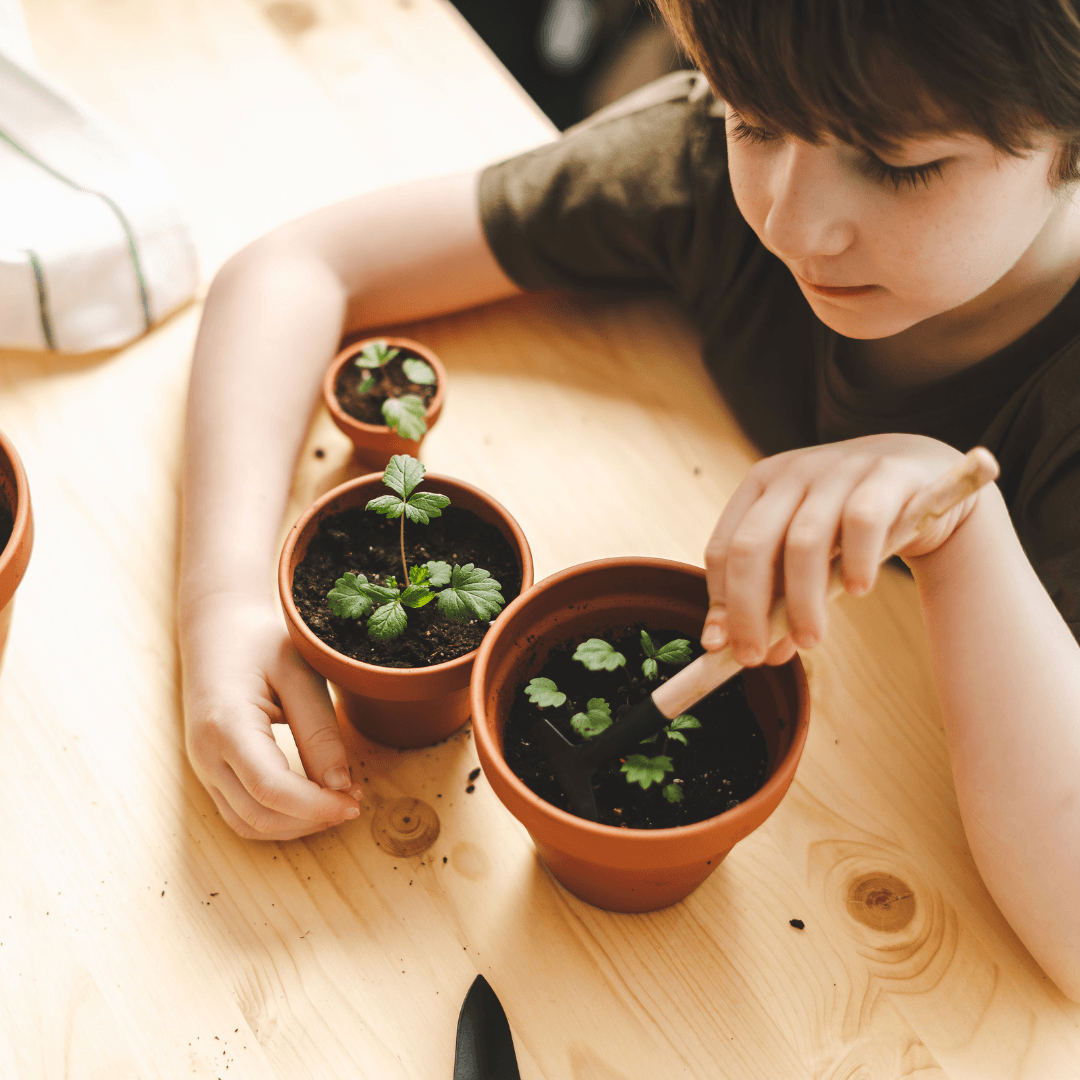
1. Choose The Right Container To Grow Skullcap
Choosing the right container is crucial for successfully growing Skullcap in containers. Choose a container 12 inches deep to adequately accommodate the plant's root system.
Ensure the container has good drainage holes at the bottom to prevent waterlogging, as Skullcap is susceptible to root rot in soggy conditions.
Additionally, selecting a slightly larger container than initially anticipated provides ample space for the plant's roots to spread and grow freely, promoting healthier growth and vigour.
Consider using containers of durable materials such as plastic, ceramic, or terracotta, ensuring they are sturdy enough to support the plant and withstand outdoor elements.
Choosing the right container with proper drainage and adequate space for root development, you set a solid foundation for cultivating thriving Skullcap plants in your container garden.
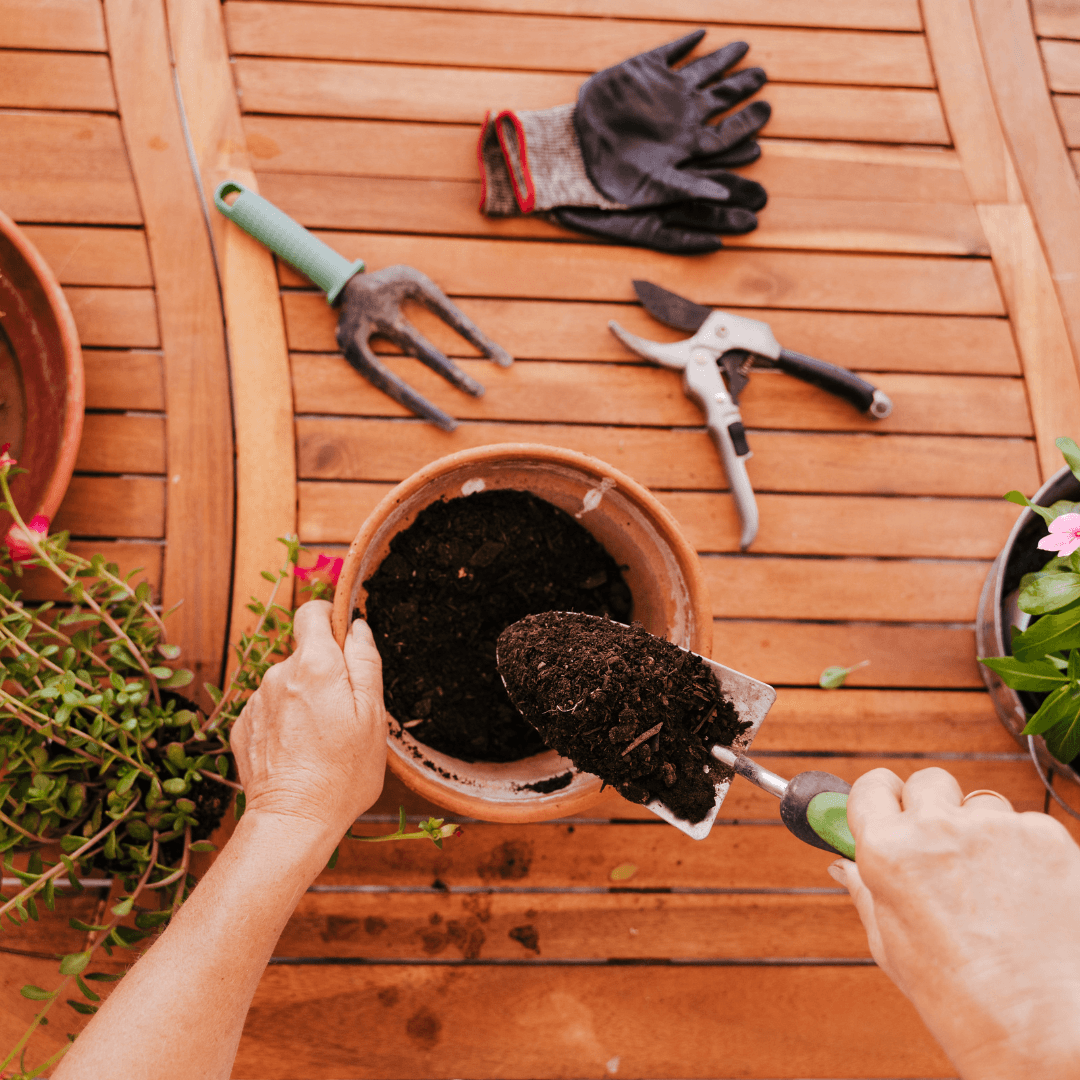
2. Use Well-Draining Soil For Cultivating Skullcap In Containers
Well-draining soil is essential for cultivating Skullcap in containers. This herb thrives in soil that allows excess water to drain freely, preventing soggy conditions leading to root rot.
For optimal results, aim for a pH soil that is slightly acidic to neutral, as skullcap thrives in this range.
Pick a premium blend specially designed for container gardening when choosing a potting mix.
Seek mixes that include sand or perlite since these ingredients improve soil aeration and drainage, encouraging strong root growth.
Alternatively, you can amend regular potting soil with perlite or coarse sand to enhance drainage.
Before planting, ensure the soil is well-moistened but not waterlogged, as Skullcap prefers consistently moist but not soggy conditions.
By providing Skullcap with well-draining soil and optimal growing conditions, you create an environment conducive to robust growth and flourishing foliage, ensuring your container-grown Skullcap thrives and thrives.
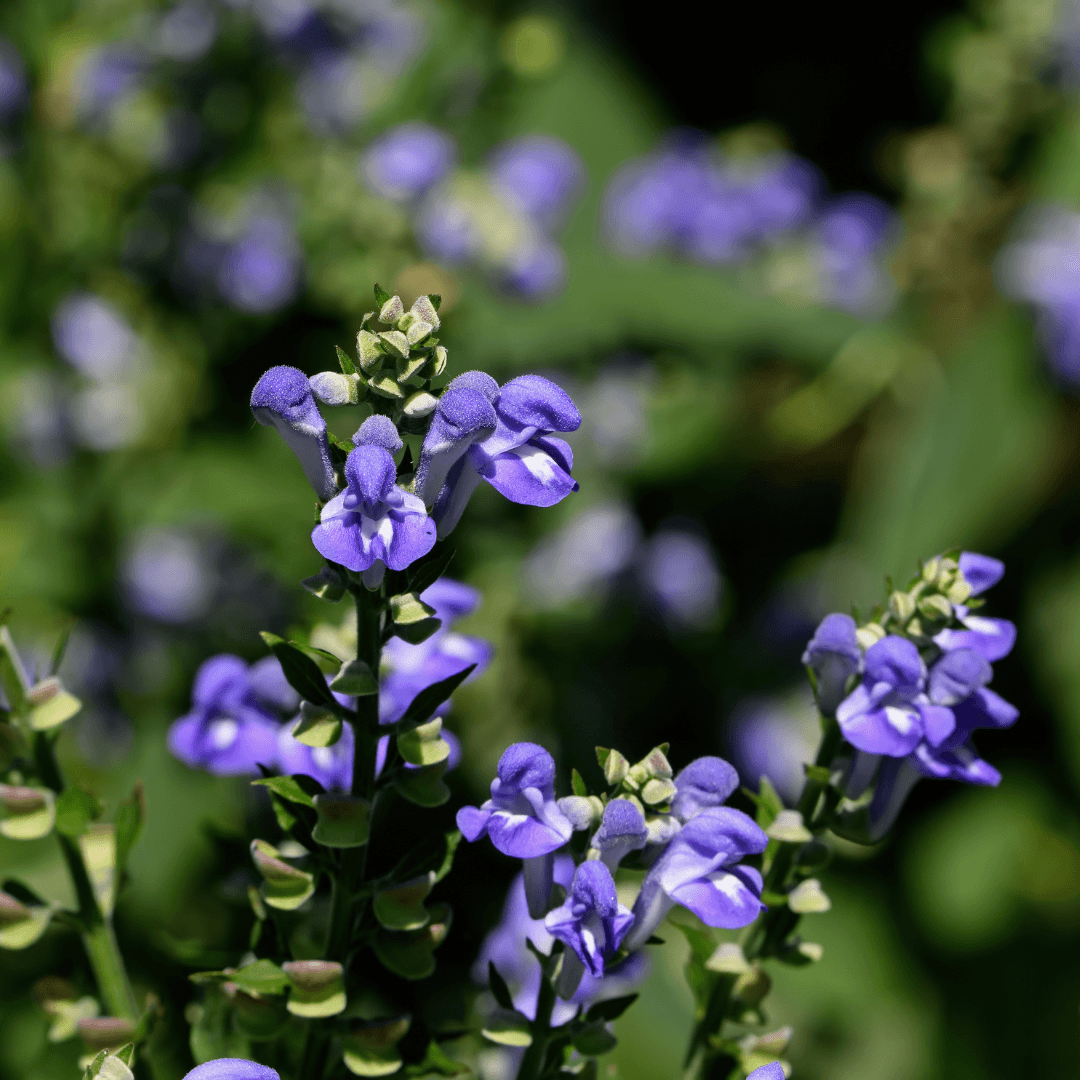
3. Provide Adequate Sunlight For Skullcaps
Providing adequate sunlight is a key tip to growing Skullcap in containers, ensuring optimal growth, vibrant foliage, and the development of its medicinal properties, particularly when placed in locations receiving partial to full sunlight for 6 to 8 hours daily.
Ideally, place the container in an area that receives partial to full sunlight, ensuring the plant gets at least 6 to 8 hours of direct sunlight daily.
Skullcap thrives in sunlight as it promotes healthy growth, enhances foliage colour, and encourages the production of essential oils that contribute to its medicinal properties.
However, in hotter climates or periods of intense sunlight, providing shade during the hottest part of the day can prevent the plant from becoming stressed or scorched.
If you're growing skullcap inside, put the container next to a south-facing window so it can get enough sunlight all day long.
Make sure the plant receives equal exposure to sunshine on all sides by turning the container occasionally.
Positioning the plant near a south-facing window and rotating the container regularly maximizes sunlight exposure for indoor cultivation of Skullcap in containers.
This fosters robust growth and enhances its distinctive flavour and medicinal properties, aligning with essential tips for growing Skullcap in containers.
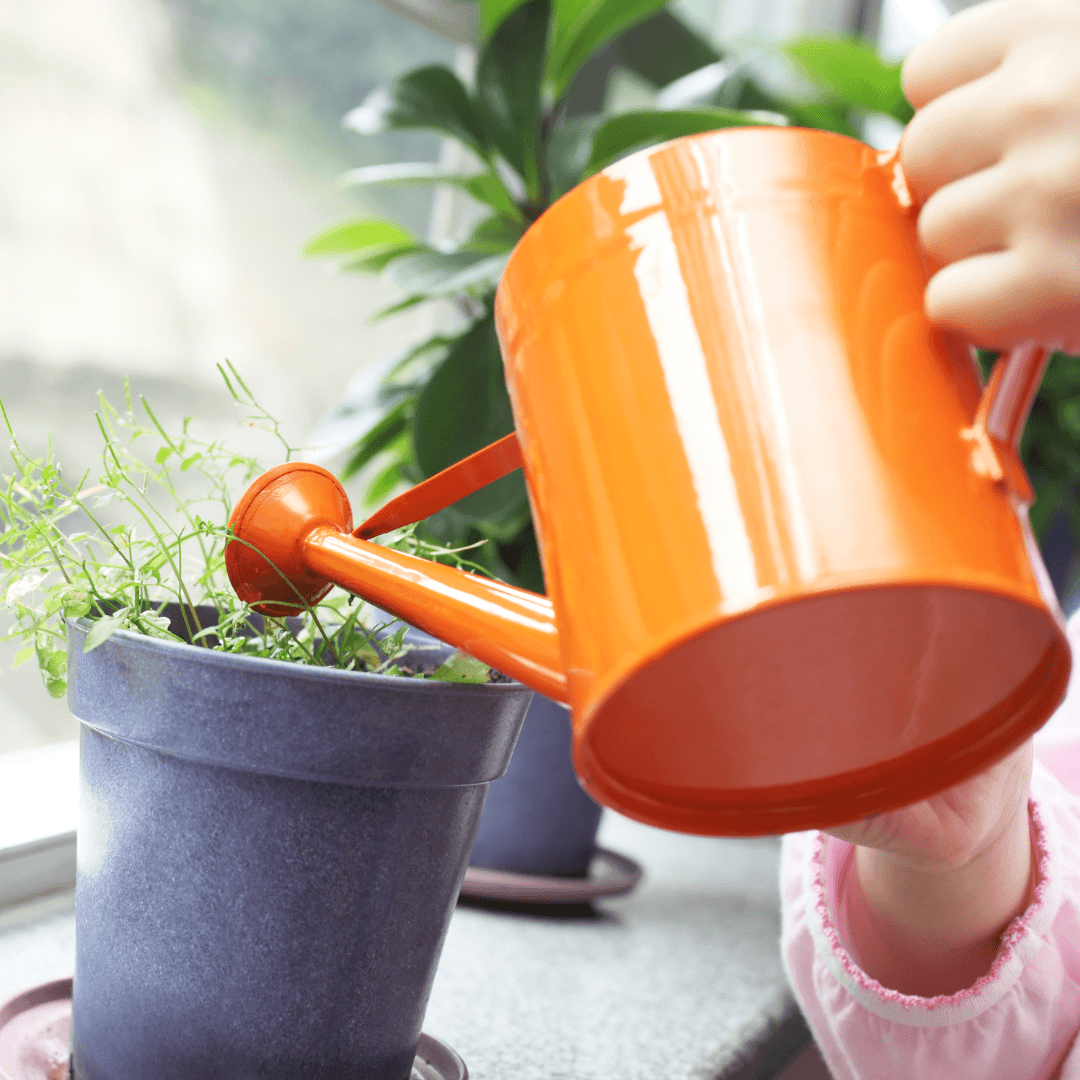
4. Water Skullcap Plants In Containers Regularly
Skullcap plants grown in containers require regular irrigation and appropriate soil moisture levels to remain healthy and vibrant.
Maintaining a little damp but not soggy soil is important since too much moisture can cause fungal infections and root rot.
You can periodically check the moisture content of the soil by sticking your finger into it up to the first knuckle.
If it feels dry, it's time to water. Water the plant evenly around its base until it leaks out of the drainage holes at the bottom of the container. This will ensure that the plant is well-hydrated.
Take care not to overwater, as the skullcap is susceptible to damp circumstances and can experience yellowing or withering leaves if the roots get too wet.
In hotter months or when it is actively developing, water the plant more regularly to prevent the soil from drying up.
Be mindful not to overwater, as Skullcap is sensitive to soggy conditions and may suffer from wilting or yellowing leaves if the roots become waterlogged.
During hot weather or when the plant is actively growing, you may need to water more frequently to prevent the soil from drying out completely.
By watering your Skullcap plant appropriately and monitoring soil moisture levels closely, you can ensure optimal growth and prevent water-related issues that may compromise the plant's health.
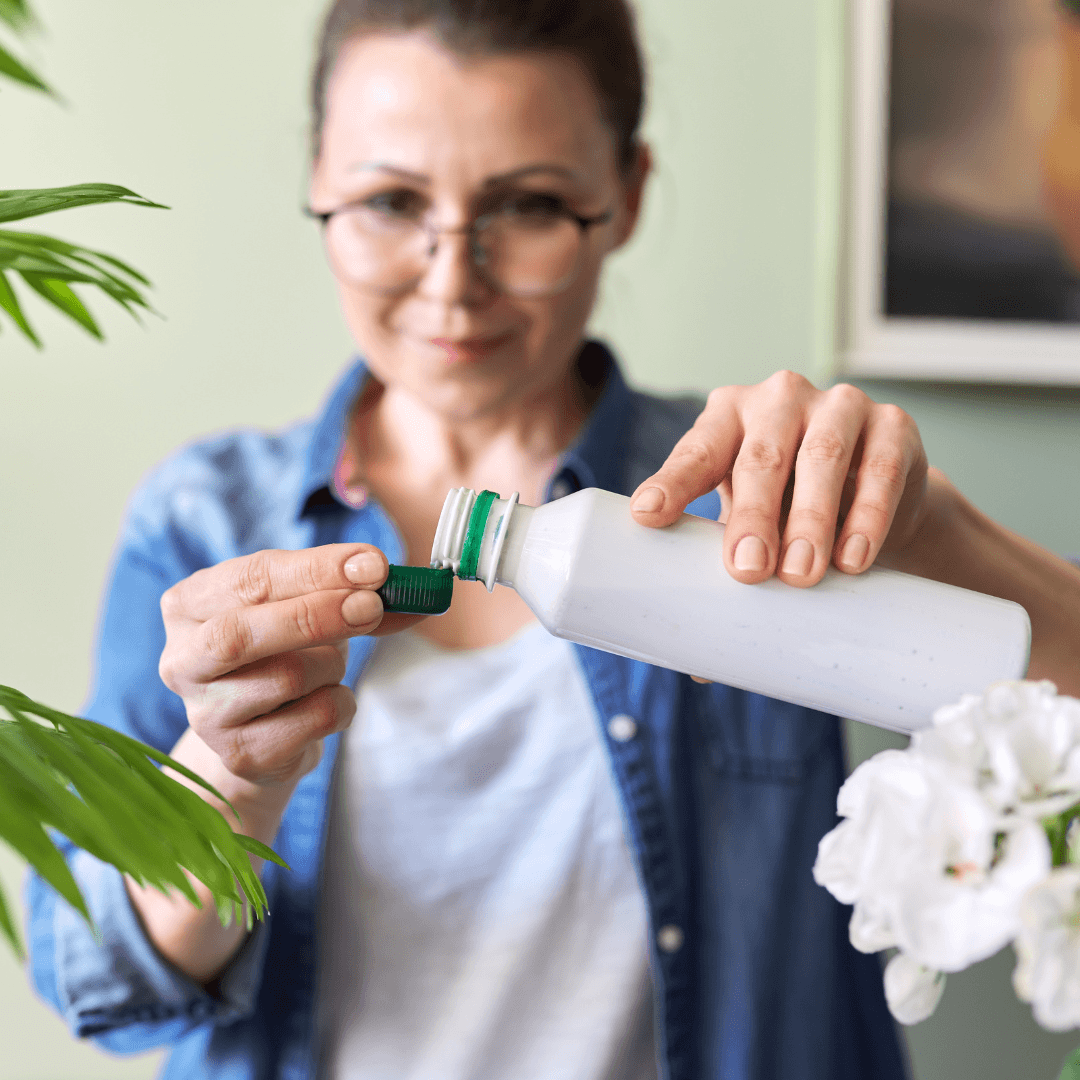
5. Fertilize Skullcap Plants Sparingly
Skullcap plants should be fertilized in containers judiciously to prevent overfeeding and encourage healthy growth.
Instead of taking a chance on fertilizer burn or overgrowth, use a balanced liquid fertilizer diluted to half-strength.
Feed your Skullcap plant once a month to stimulate growth and development during the growing season, which runs from spring to fall.
Don't spill the diluted fertilizer over the foliage; instead, distribute it evenly around the base of the plant.
Overfertilization can lead to leggy growth and may cause the plant to become overly lush, making it more susceptible to pests and diseases.
Adhering to a sparing fertilization regimen, supplemented with organic options like compost tea, ensures Skullcap plants receive essential nutrients for thriving growth while minimizing risks associated with excessive fertilization, a key aspect of tips to grow Skullcap in containers.
Additionally, consider using organic fertilizers or compost tea to provide a gentle and natural source of nutrients that won't harm beneficial soil organisms or leach into the environment.
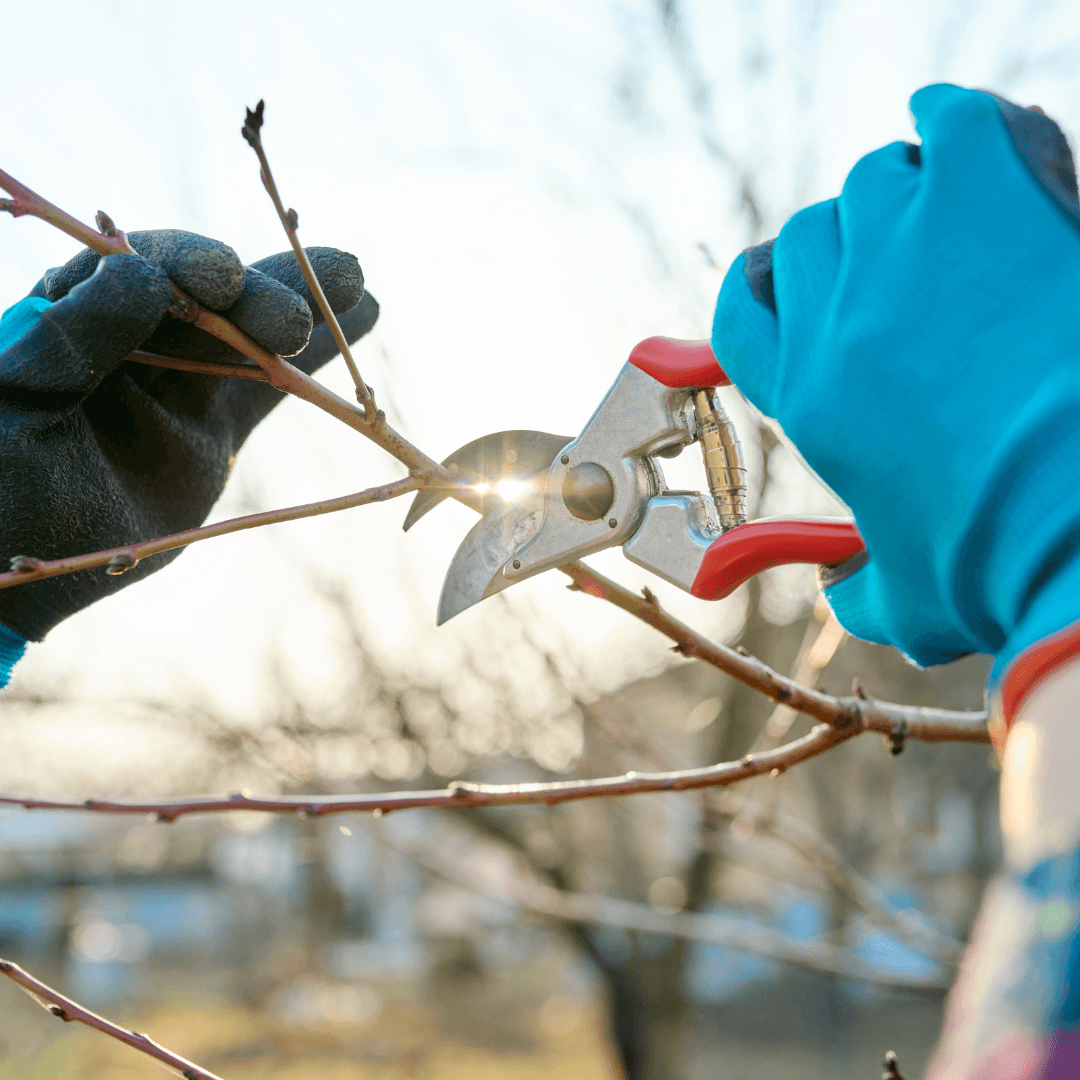
6. Prune Skullcap Plants Regularly
Maintaining the health and aesthetic appeal of Skullcap plants planted in containers requires regular pruning.
Frequent stem trimming promotes bushy growth and prevents the plant from becoming too skinny or widespread.
Trim the stems anytime they become too long or rambling. With pruning shears, make clean, sharp cuts directly above a set of leaves or nodes.
This results in a fuller, more compact plant, promoting branching and stimulating new growth. By removing any dead, damaged, or diseased foliage, pruning also improves air circulation around the plant and lowers the possibility of pest or fungal infestations.
Inspect the plant thoroughly while pruning, removing any yellowing or discoloured leaves and stems showing signs of disease or pest damage.
By incorporating regular pruning into your Skullcap plant care routine, you can promote vigorous growth, maintain a tidy appearance, and ensure your container-grown skullcap's overall health and vitality.
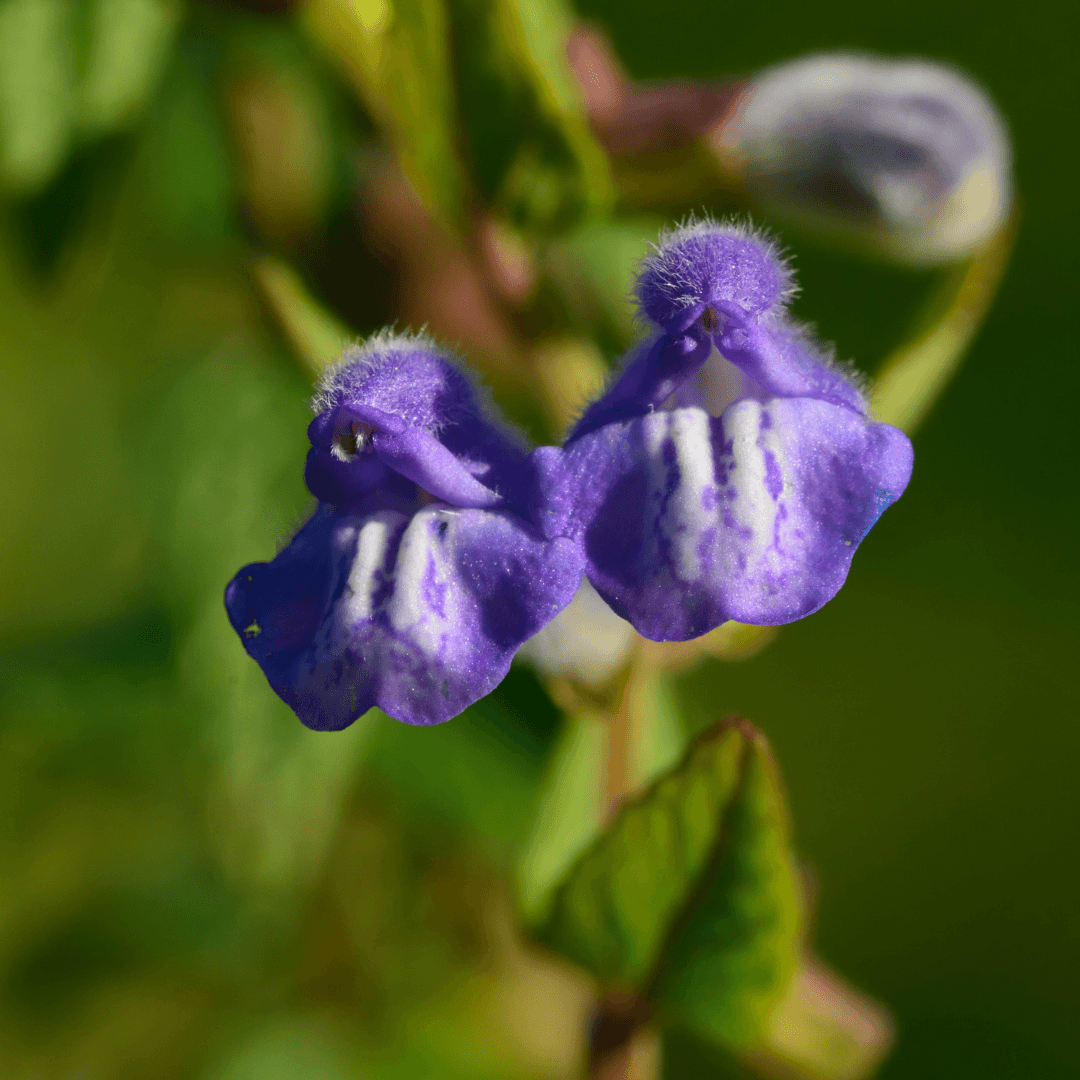
7. Protect Skullcap Plants From Frost
Protecting Skullcap plants from frost, especially in regions with cold winters, is vital for successful container cultivation.
Methods like bringing them indoors to sheltered locations or covering them with frost blankets ensure their survival, as per essential tips for growing Skullcap in containers.
Frost can damage or kill the plant, particularly when grown in containers, where the roots are more exposed to temperature fluctuations.
To safeguard your Skullcap during winter, consider bringing the container indoors to a sheltered location, such as a garage, basement, or greenhouse, where the temperature remains above freezing.
If getting the plant indoors isn't feasible, protect it from frost by covering the container with frost blankets, burlap, or floating row covers.
Ensure that the covering extends to the ground and is secured tightly around the container to trap heat and prevent cold air from penetrating.
Additionally, consider placing the container against a south-facing wall or near a heat source, such as a building or heated outdoor lamp, to provide additional warmth and insulation.
Taking proactive measures to protect your Skullcap from frost damage can ensure its survival and promote healthy growth when temperatures rise again in the spring.

8. Companion Planting For Skullcap Plants
Companion planting with herbs such as lavender, thyme, or sage can greatly benefit Skullcap plants grown in containers.
These aromatic herbs complement Skullcap's growth habits and provide additional benefits.
Lavender, with its fragrant blooms, not only adds beauty to the container garden but also attracts pollinators like bees and butterflies, which can help improve pollination and fruit set in nearby plants.
Thyme, with its low-growing, spreading habit, serves as a natural ground cover, helping to suppress weeds and conserve soil moisture around the base of the Skullcap plant.
With its intense aroma, Sage is a natural insect repellent, deterring pests like cabbage moths and carrot flies that may otherwise target the Skullcap plant.
These herbs are known for their culinary and medicinal properties, making them valuable additions to any container garden.
Incorporating companion plants like lavender, thyme, or sage alongside Skullcap in your containers creates a visually appealing and aromatic garden and promotes a healthier and more resilient growing environment for your plants.
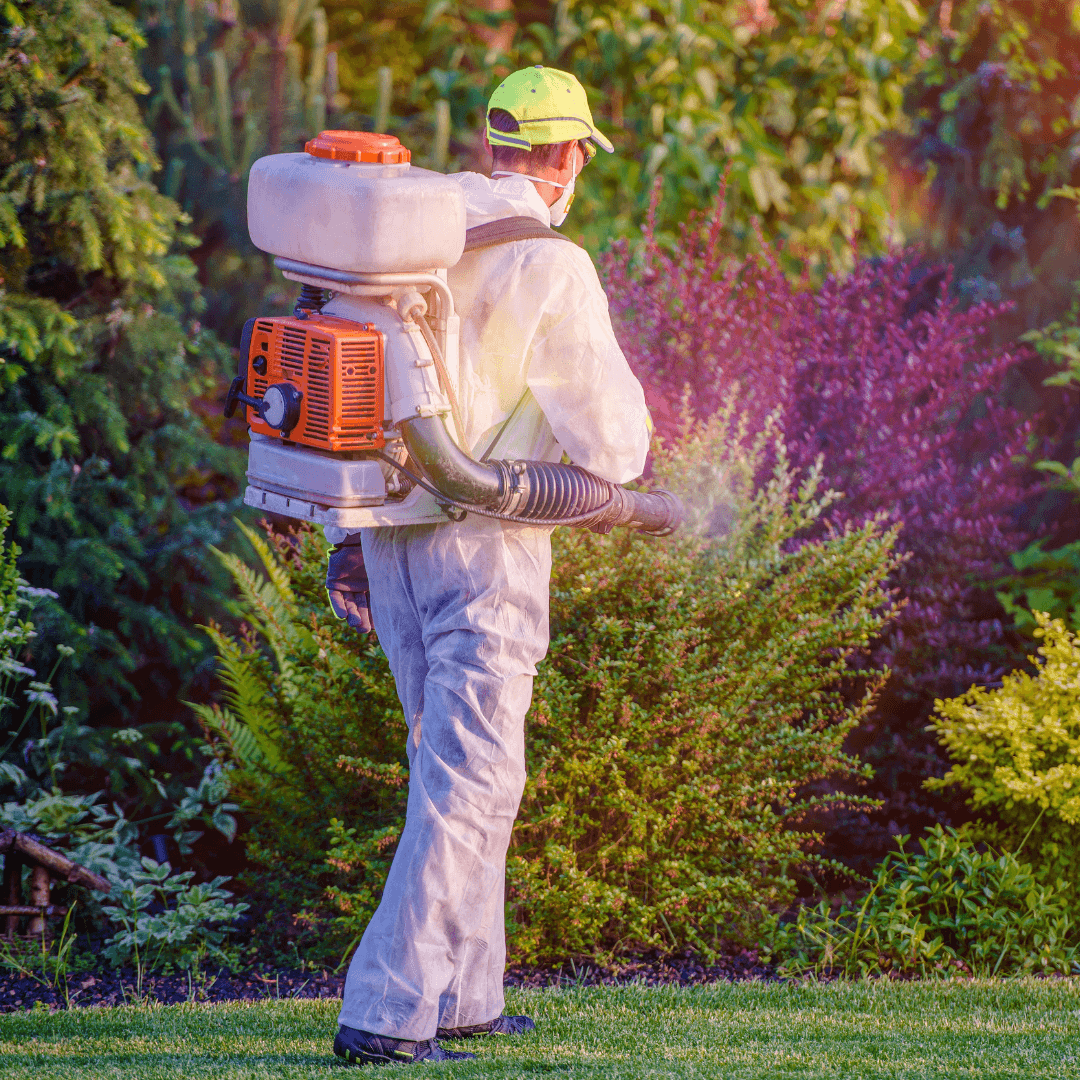
9. Monitor Pests & Diseases Of Skullcap Plants
A major part of growing Skullcap in pots is watching for pests and diseases. Aphids, spider mites, and whiteflies are common problems that must be promptly identified and treated to maintain the plant's health and vitality.
When tending to your plants, watch out for common pests that can quickly infest and harm foliage, such as spider mites, aphids, and whiteflies.
Look for signs of infestation, such as webbing, stippling, or sticky residue, on the undersides of leaves and stems.
Insecticidal soap and neem oil are safe, eco-friendly ways to eliminate soft-bodied insects, so if pests are found, treat the infestation right away.

10. Harvest Skullcaps Responsibly
Harvesting Skullcap for its medicinal properties should be done responsibly to ensure the plant's health and longevity.
When harvesting, take only a portion of the plant's foliage, leaving most of the plant intact to continue growing and thriving.
Avoid overharvesting; removing too much foliage can stress the plant and inhibit its regenerating ability.
Allow the Skullcap plant time to recover between harvests, allowing it to replenish its energy reserves and produce new growth.
Additionally, harvesting from multiple plants should be considered rather than focusing on one individual plant to distribute the impact and minimize stress on any single specimen.
By harvesting responsibly and allowing Skullcap plants to recover between harvests, you ensure the plant's health and longevity and promote sustainable harvesting practices that support the continued availability of this valuable medicinal herb for future generations.

Conclusion
The tips for growing Skullcap in containers facilitate a rewarding and versatile gardening experience.
They enable enthusiasts to cultivate this valuable herb in confined spaces for culinary, medicinal, or ornamental purposes, enriching any garden or patio setting with beauty, flavour, and wellness.
Whether for culinary, medicinal, or decorative purposes, container-grown Skullcap plants can thrive with proper care and attention, providing a source of beauty, flavour, and wellness in any garden or patio setting.
With its delicate foliage, vibrant blooms, and numerous health benefits, Skullcap adds aesthetic and functional value to container gardens, making it a worthwhile addition for novice and experienced gardeners.
By integrating tips to grow Skullcap in containers, gardeners can elevate their container gardening efforts, enjoying this valuable herb's aesthetic and functional benefits while enhancing their outdoor living spaces with its delicate foliage, vibrant blooms, and numerous health benefits.
I trust you enjoyed this article on the Best Tips To Grow Skullcap In Containers. Please stay tuned for more blog posts soon. Take care!
JeannetteZ
>>>Please click here to read my all-inclusive article about Container Gardening<<<
>>>Are you interested in homegrown herbs and medicine? Please click here to find out more about it!<<<
Your Opinion Is Important To Me
Do you have thoughts, ideas, or questions? I would love to hear from you. Please leave me your questions, experiences, and remarks about this Best Tips To Grow Skullcap In Containers article in the comments section below. You can also reach me by email at Jeannette@Close-To-Nature.org.
Disclosure
This post may contain affiliate links. As an Amazon Associate and other affiliate programs, I earn from qualifying purchases at no extra cost to you. Please read my full affiliate disclosure.
You might also enjoy these blog posts:
Best Tips To Grow Tulips In Containers
Best Tips To Grow Snowdrops In Containers
Best Tips To Grow Slippery Elm In Containers


